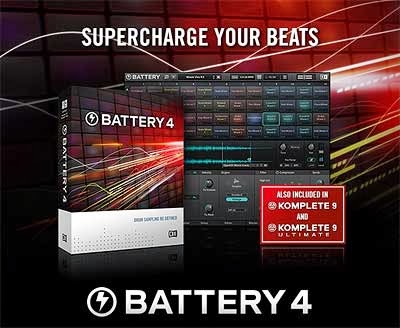
Core Technology initially confused a lot of instrument designers because of its complexity, but is now steadily making its way into new instruments and ensembles. His contributions, along with those of Reaktor Core developer Martijn Zwartjes, were released within Reaktor 5 in April 2005. Zavalishin ceased the development of his software, yet integrated a deeper DSP-level operation within Reaktor, known as Reaktor Core Technology.

In 2003 Native Instruments hired Vadim Zavalishin, developer of the Sync Modular software package. It shipped almost six months behind schedule. Reaktor 4 was a major enhancement in terms of stability, instrument library, GUI, and VSTi ease-of-use in external sequencers. Reaktor 3.5 is the first release that features full cross-platform compatibility. The earliest version to really resemble the modern incarnation of the software is version 3.5, which improved greatly in VST performance and sample handling. Further expansion of synthesis and sampling modules, addition of new control-based modules (XY control) and data management (event tables) greatly expands the abilities of the program. With version 3.0 (released in 2001), Native Instruments introduced a redesigned audio engine and new graphic design.


Plug-in support for VST, VSTi, Direct Connect, MOTU, and DirectX formats is integrated by 2000 (software version 2.3). Integrated real-time display of filters and envelopes and granular synthesis are among most notable features. Generator/Transformator) was released for Windows and Macintosh. By 1998, Native Instruments redesigned the program to include new hierarchy, and integrated third-party drivers for use with any standard Windows sound card. In 1996, Native Instruments released Generator version 0.96 - a modular synthesizer for PC, requiring a proprietary audio card for low-latency operation.


 0 kommentar(er)
0 kommentar(er)
